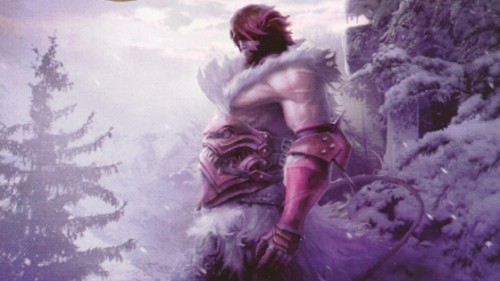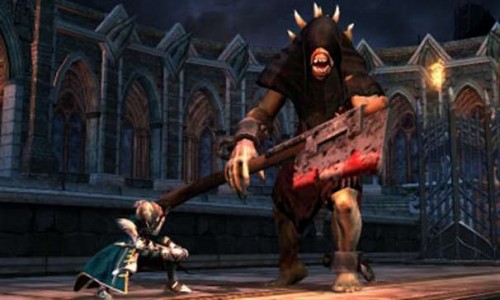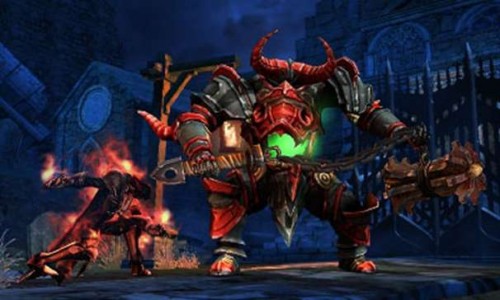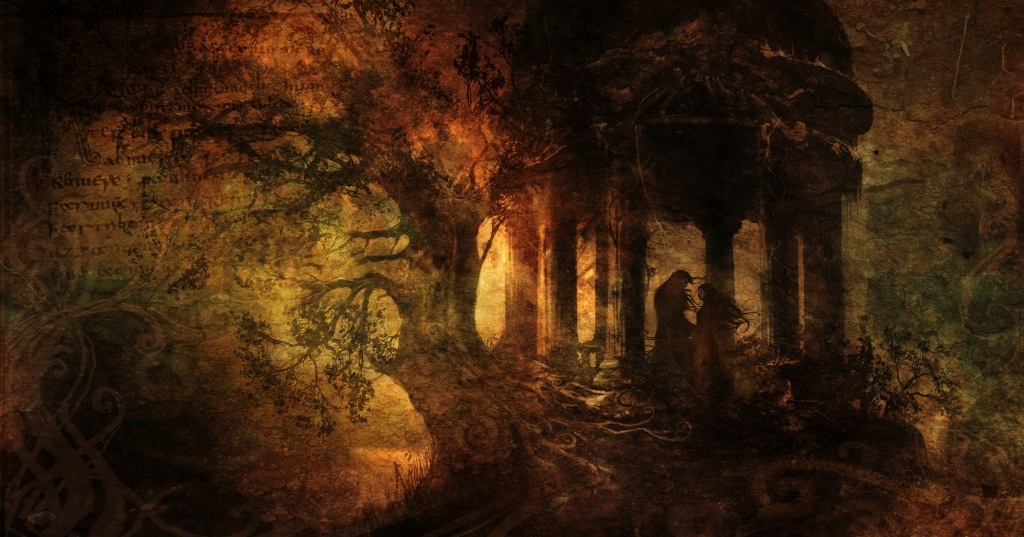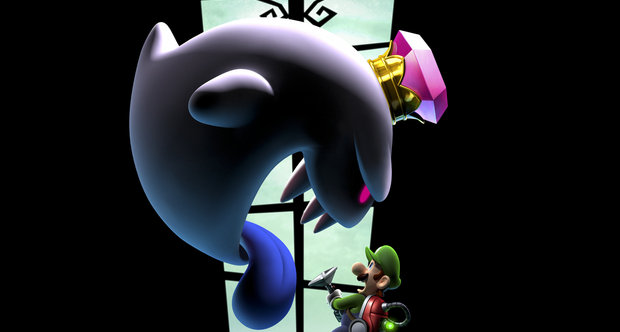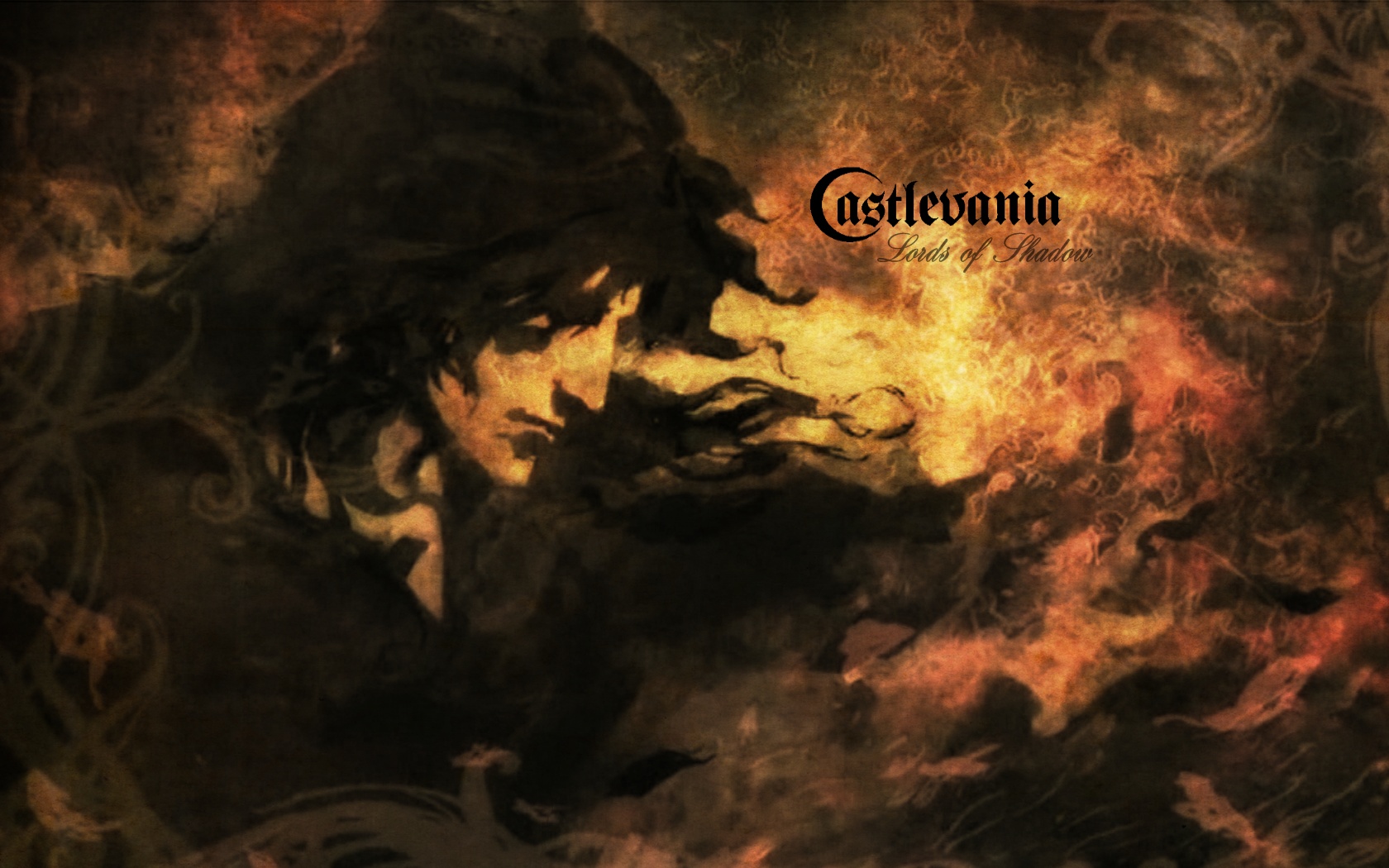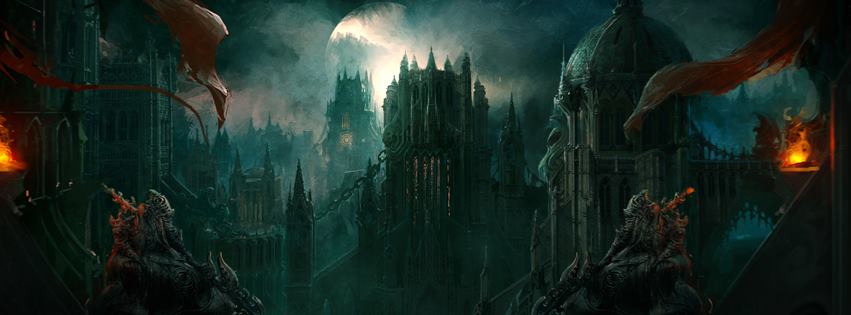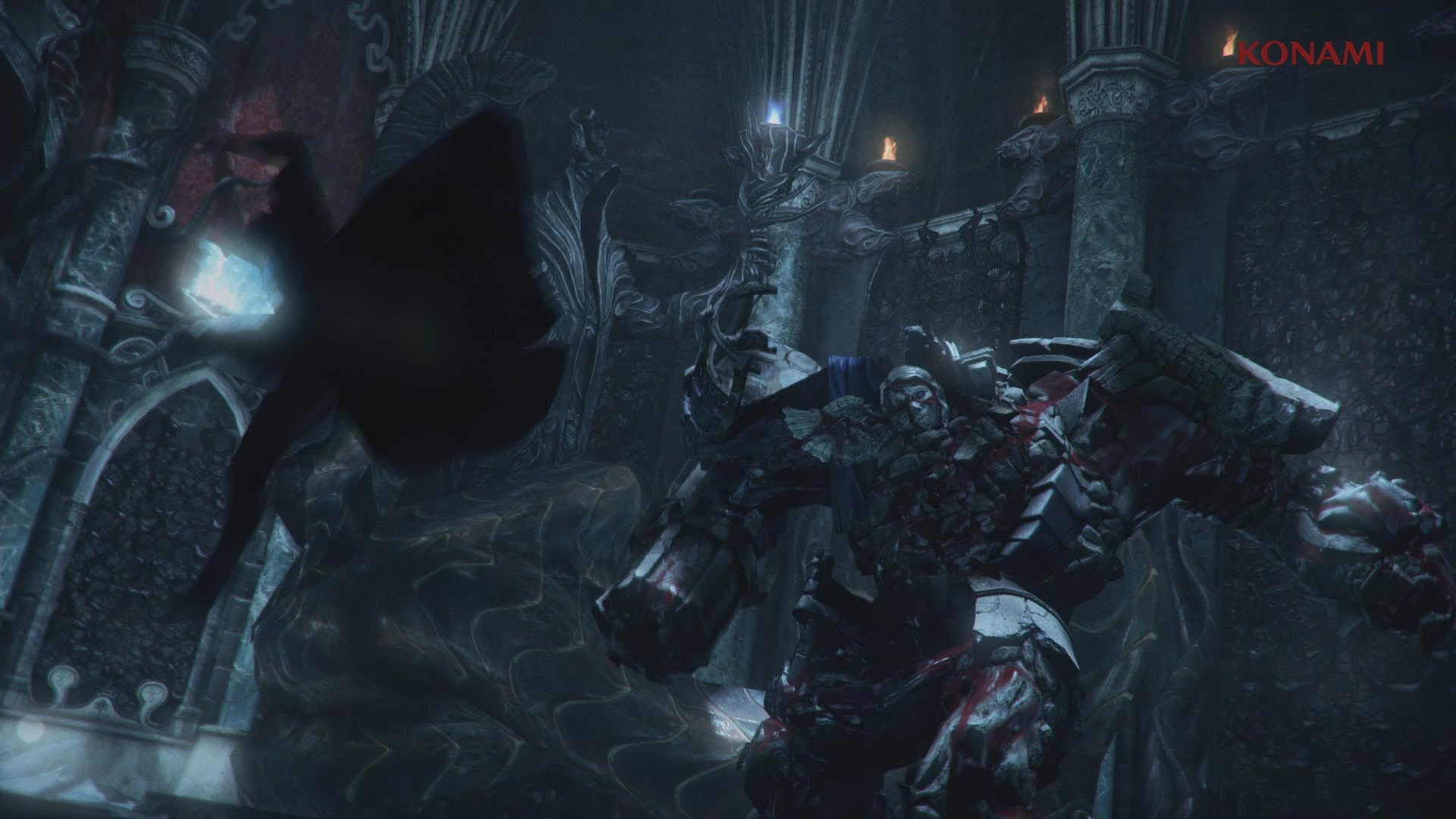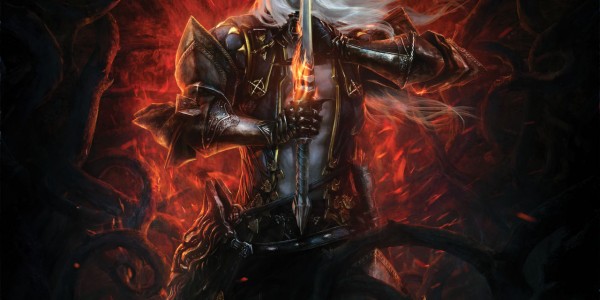
I’m something of a newcomer to the Castlevania series. The huge amount of titles released and the convoluted backstory and Belmont lineage made it difficult for me to know where to start (apart from a couple of attempts at the original NES and SNES games) until 2010’s Lords of Shadow was released – and very clearly marked as a ‘reboot’, for newcomers to jump on board. Nearly three years have passed, and now we’re finally getting a continuation of this new storyline in Mirror of Fate for the 3DS – a mid-quel that bridges the gap between Lords of Shadow and its announced and upcoming HD sequel. I had a chance to go hands on with the first hour or so of the game, and it’s certainly re-awakened my enthusiasm for the series.
Playing Mirror of Fate is a little strange as it comes off as a hybrid between the older 2D-style of Castlevania and the new 3D direction. The game’s presentation is stunning, with detailed character models, voiced cutscenes (although Robert Carlyle hadn’t made a return from what I could tell, making Gabriel Belmont a silent protagonist) and that same gothic-yet-unnerving design that made Lords of Shadow so attractive. The 3D effect, however, is definitely not a requirement for this title, as despite the 3D graphics, this is a purely 2D adventure.
After a short tutorial level with Gabriel Belmont, control swiftly changes to his descendant, Simon Belmont – who fans may recognise as the original Castlevania protagonist. In this continuity, he’s decked out in what I can only describe as a ‘fabulous’ red outfit, which accentuates his flowing red beard and locks very well. He’s also got his traditional whip in hand – so then it all sounds like a return to the series’ origins then, right?
Not quite. Despite playing as Simon Belmont in 2D, the game still controls like a Lords of Shadow game, and that means that the God of War influences are very obvious. You can’t whip in any direction like Super Castlevania IV, but instead you have a regular attack for dealing with enemies in front of you, or a heavy attack which arcs your whip above you and slams to the ground. You can also block and quickly dodge attacks and make use of sub-weapons, like axes, which conversely are very similar to their NES forefathers. Fonts of Health and Mana are also spread across the levels much as they were in Lords of Shadow.
There’s a whiff of Symphony of the Night‘s Metroid-vania level design in Mirror of Fate, too. Before Simon can enter Dracula’s castle, he first has to find an item to get him through the gate, which kicks off the first expansive area of the game, searching the sewers and dungeons below. A map on the 3DS’ lower screen keeps track of the areas you’ve explored, and you’ll frequently encounter parts of the environment and objects that can only be used if you have the appropriate weapon. Helpfully, you can make notes on the map to keep track of where you need to return to, which assists in backtracking greatly.
Simon also has access to magic powers – the first one I discovered summoning the spirit of one of his ancestors, who automatically blocks any attacks while active. This is very useful when taking on crowds of enemies, but it really comes into its own in some of the platforming areas, which involve waterfalls of hazardous material raining down on Simon and require you to slowly skulk under them while this power is active.
The most memorable boss I encountered bore a striking resemblance to a spy from Spy vs. Spy (or maybe he was meant to be a plague doctor). The fight was reasonably tough and interesting, keeping you on your toes as you battled the pointy-nosed fellow, his shadow wolf subjects and his floating staff of mystery.
Despite only playing as Gabriel and Simon in this first section of the game, Mirror of Fate also promises to give players control of Trevor Belmont (Simon’s father) and Alucard (hero of Symphony of the Night) through the course of its narrative, and it’ll be interesting to see how they’re re-cast in this rebooted universe. It also means you’ll have three characters to level-up, as experience points gained in battle can be used to unlock new abilities for your characters (in a fairly linear fashion – there’s a list of abilities that unlock themselves as you reach the appropriate level).
Mirror of Fate feels like a cross between Lords of Shadow, the original Castlevania and the Metroid-vania style of later games, and by the end of my playthrough, I was really starting to get into it. It’s challenging, fun and promises enough exploration and rewards for doing so to make it worth spending a decent amount of time with. I look forward to whipping my way through the entire game when it’s relased next week, on 9 March.

